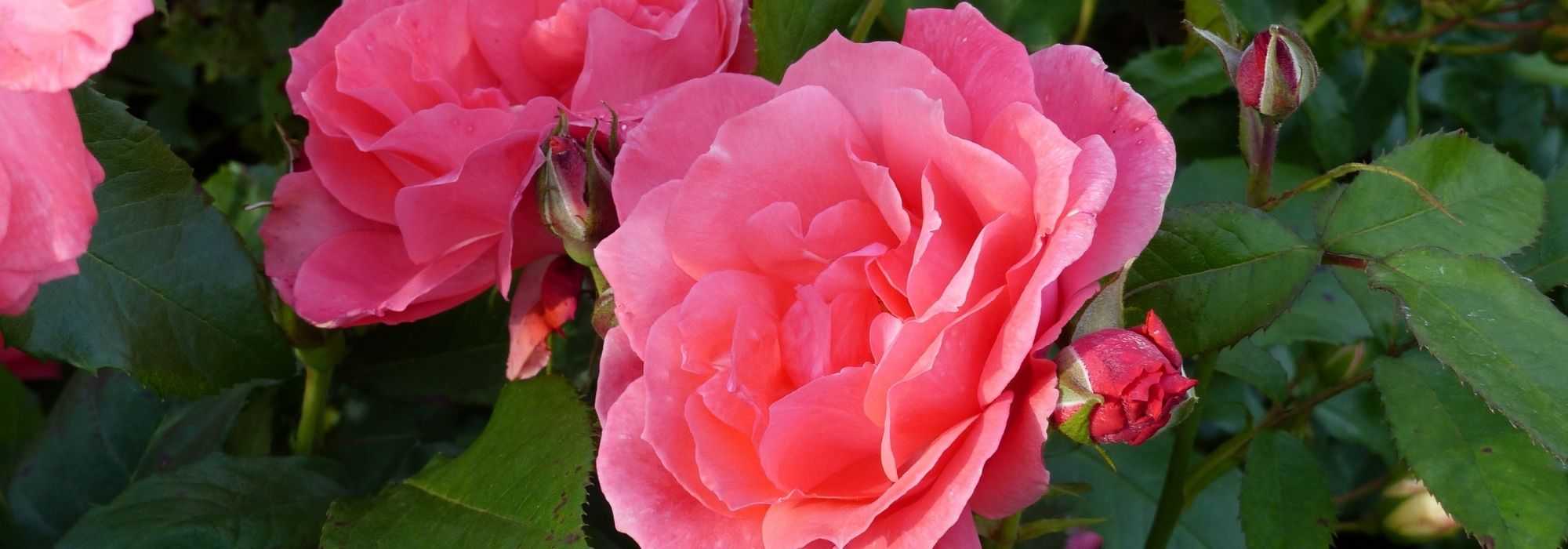
Roses named after historical figures
Our selection of roses that have made history
Contents
If art and culture have inspired the greatest rose breeders, they have also drew from history to imagine and name their new floral creations. Jardin des Tuileries, Queen Victoria, Napoleon, Sissi, Cardinal Richelieu—references to history abound in the world of roses! Whether they are old or hybrid, fragrant or simply beautiful, made to last long in a vase or delicate, in shades of soft pink, mauve, red, or changing colours, they know how to charm us and enchant our gardens and balconies.
Join us for a look at the most beautiful roses named in honour of the great men and women who have shaped history!
Jardin des Tuileries rose, for elegant scented bouquets
Let’s start our overview with references to the History of France, featuring the elegant Jardin des Tuileries rose. A recent creation by Delbard from 2017, it is a clustered-flower rose, bearing bouquets of blooms inspired by old roses and showcasing light and delicate colours, from creamy orange to soft pink. The roses exude a powdery fragrance, and their long vase life allows for the creation of fragrant bouquets to place in your home. In the garden, the rose makes a statement in small groups with its bushy form reaching up to 50 cm in height or at the centre of a flower bed. This perpetual variety blooms from May to October. Its very dark green foliage is, in contrast, deciduous and disappears in autumn to reappear in spring. The Jardin des Tuileries rose has received two awards: the gold medal at the international rose competition in Baden-Baden and the fragrance prize in Kortrijk.
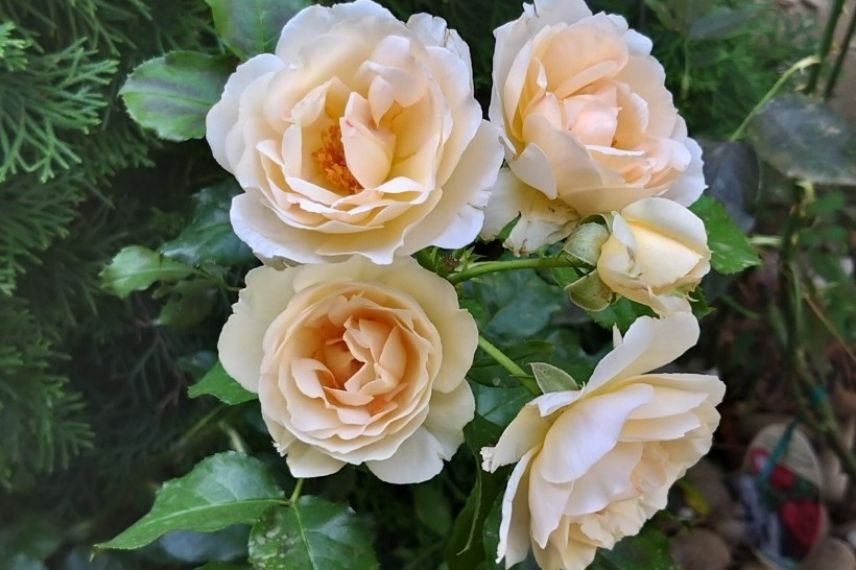
‘Jardin des Tuileries’ Rose
Read also
The scent of rosesCardinal de Richelieu rose, an old rose with a rare purple colour
Named in honour of Cardinal Richelieu, an important church and state figure under Louis XIII, this old rose bush stands out for its rare violet-purple colour, reminiscent of the garments worn by the Cardinal. The Cardinal de Richelieu rose is a bush that reaches 1.20 metres in height and blooms abundantly from June to July, adorned with dark green semi-evergreen foliage. Hardy down to -15°C and resilient, it is an old horticultural hybrid that appeared before 1847 and is derived from the botanical rose Rosa gallica officinalis. It is also known as “Rose Van Sian” due to its roses being considered blue. It emits a powdery fragrance and blends well with perennial flower beds such as linaria, geraniums, and phlox.
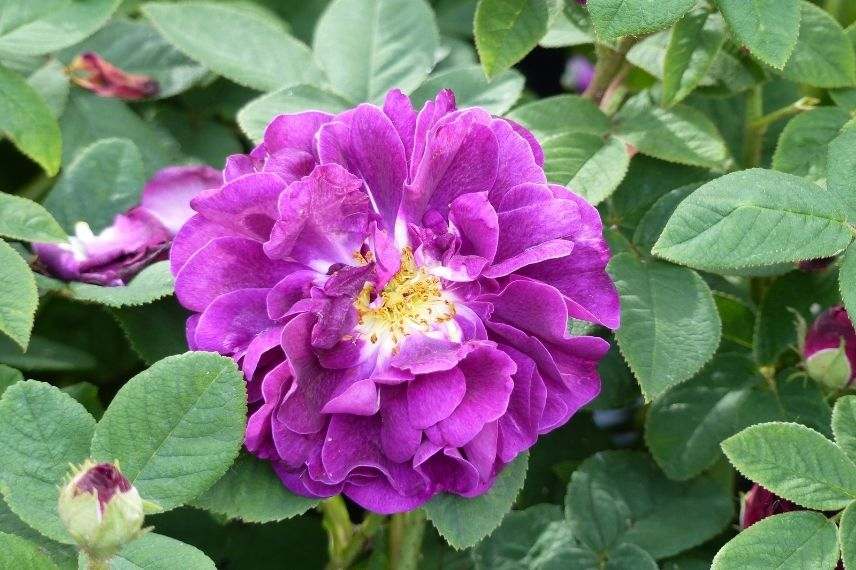
‘Cardinal de Richelieu’ Rose
Discover other Roses
View all →Available in 0 sizes
Available in 2 sizes
Available in 2 sizes
Available in 1 sizes
Available in 2 sizes
Available in 2 sizes
Available in 2 sizes
Available in 3 sizes
Available in 2 sizes
Available in 2 sizes
Napoleon Hat rose, a gem to cherish
We continue our overview of the History of France with the Napoleon’s Hat rose, named for the shape of its buds resembling that of the famous Emperor of the French’s tricorne hat. Another feature is that the buds of this rosebush are covered with a frilled green calyx reminiscent of parsley. Also known as Rosa (x) centifolia Cristata, it descends from the hundred-leaf rose, which produces cabbaged roses with an exceptional fragrance. This bush with a flexible habit, which should preferably be staked, produces lovely fresh and pure pink flowers with numerous petals in May and June. Discovered in Switzerland in 1827, this old rosebush may not be among the most vigorous, but it has a lot of charm!
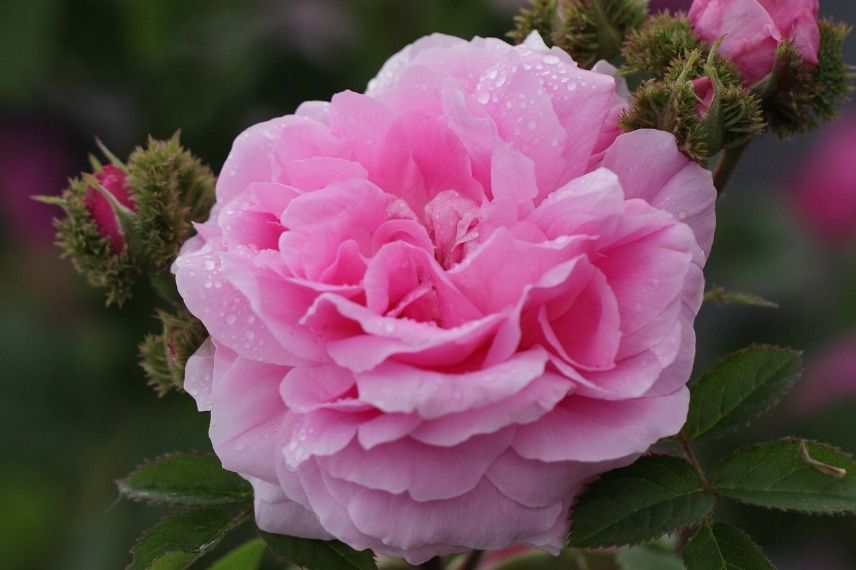 ‘Napoleon’s Hat’ rose
‘Napoleon’s Hat’ rose
Read also
Roses named after poets and writersSissi rose, a rare mauve colour and a sweet fragrance
Change countries with the Sissi rose, created in homage to the famous Empress of Austria. Refined and elegant with its turbinate shape, rare with its mauve colour and its suave fragrance characteristic of so-called blue roses, the Sissi rose is a classic, prized in bouquets, particularly alongside peonies and white lilacs. It is a perpetual variety, blooming from June to September or November. Its decorative and glossy foliage, however, has a slight weakness as it is susceptible to diseases. Therefore, it should be cared for like a little treasure. This variety was created by the German Mathias Tantau in 1964 and has won several awards, including the Certificate of Merit from Bagatelle and the Gold Medal in Rome. It is one of the first mauve hybrid tea roses.
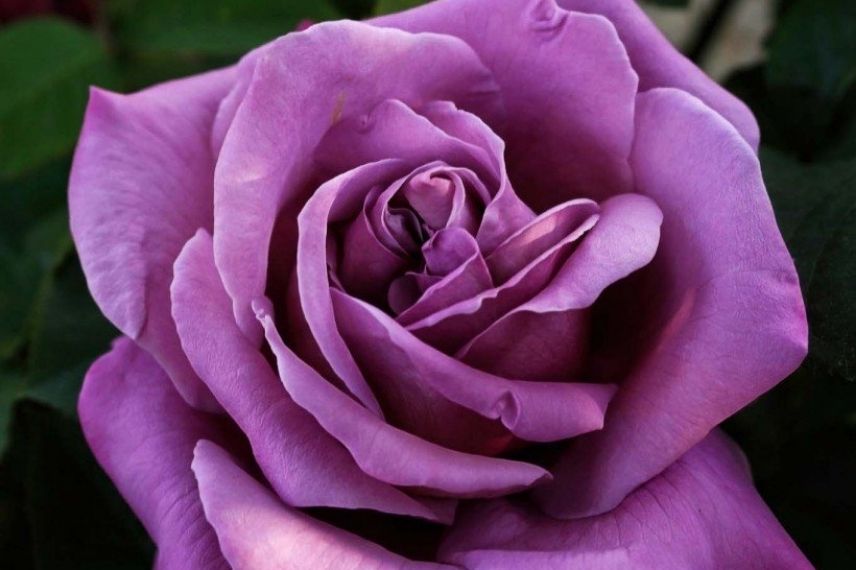
Sissi Rose
Charles Darwin rose, a flower with changing colours
Another variety with changing colours, the Charles Darwin rose is an English rose created by David Austin. Its petals change colour depending on the climate, ranging from yellow to orange and pink. Due to this ability to evolve in different hues, it is a curiosity that aptly bears the name of the naturalist Charles Darwin, famous for developing the theory of evolution of living species. This vigorous rose can reach a height of 1.1 metres and features matte green, deciduous foliage. Perpetual, it produces lovely round, double flowers with tightly packed petals from June to October. Resembling a cabbage rose, each flower has no fewer than forty petals curved inward, concealing the centre. This does not prevent it from diffusing its tea rose fragrance.
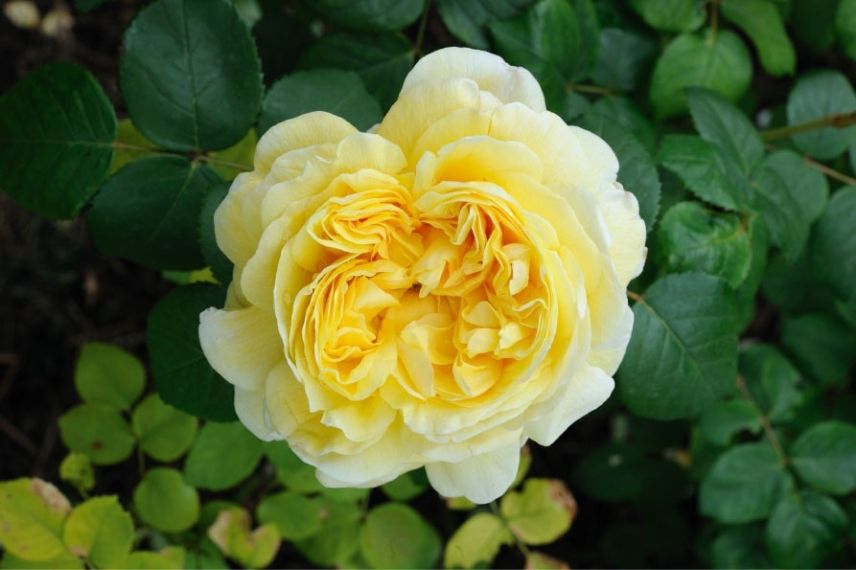
‘Charles Darwin’ Rose
Queen Elisabeth grandiflora rose, a perfect rose for bouquets
A classic among hybrid tea roses, with its large, elegant pink flowers and sturdy stem, the Queen Elisabeth rose is a favourite for bouquets. Introduced in 1954 by American Walter E. Lammers, it proves to be both vigorous and floriferous. It has been awarded prestigious prizes in the United States: the AARS, a guarantee of quality for a rose grown in all climates, and the Award of Excellence for Best Established Rose. It adapts to all climates and soils, allowing for the creation of stunning flower bouquets thanks to its long flowering period that lasts from June to October.
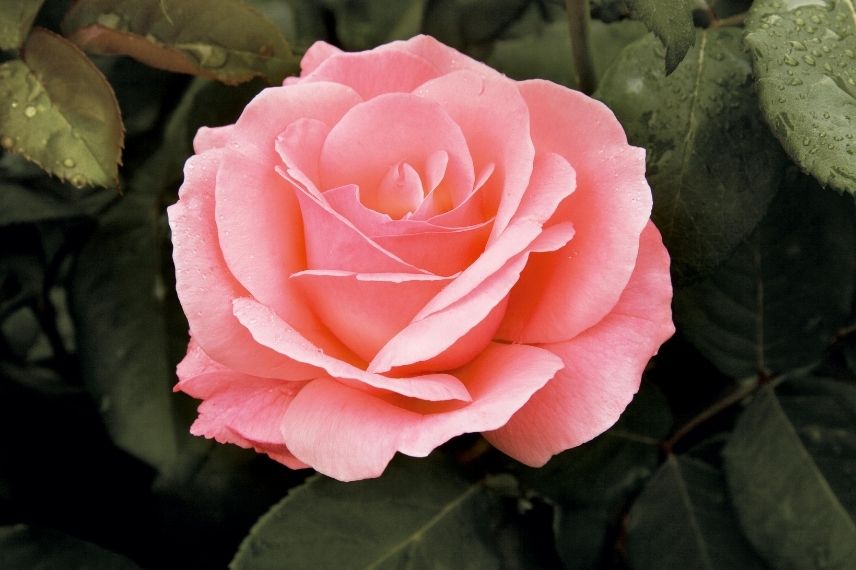
‘Queen Elisabeth’ Rose
Queen Victoria rose, an authentic rose fragrance
With its pearly roses shaped like small round cabbages and the authentic scent of rose, the Reine Victoria rose is an old rose variety, introduced in 1872 by the French rose breeder Joseph Schwartz. It is a descendant of the ‘Bourbon’ rose, a hybrid discovered on the island of Réunion. It takes the form of a bush 1.20 metres tall and 1 metre wide with a graceful habit. It is covered with light green, matte foliage and, between June and the first frosts, it produces successive waves of double, round flowers in a lovely pink.
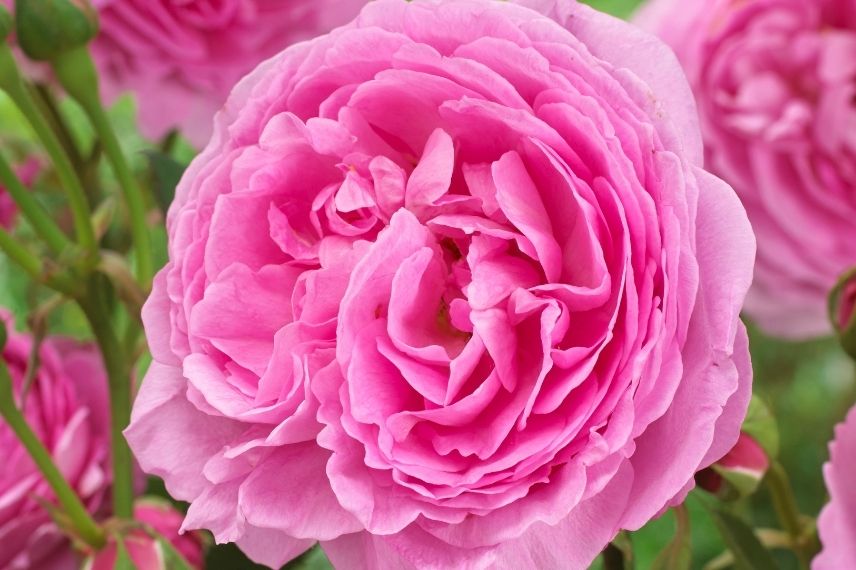
‘Reine Victoria’ rose
- Subscribe!
- Contents
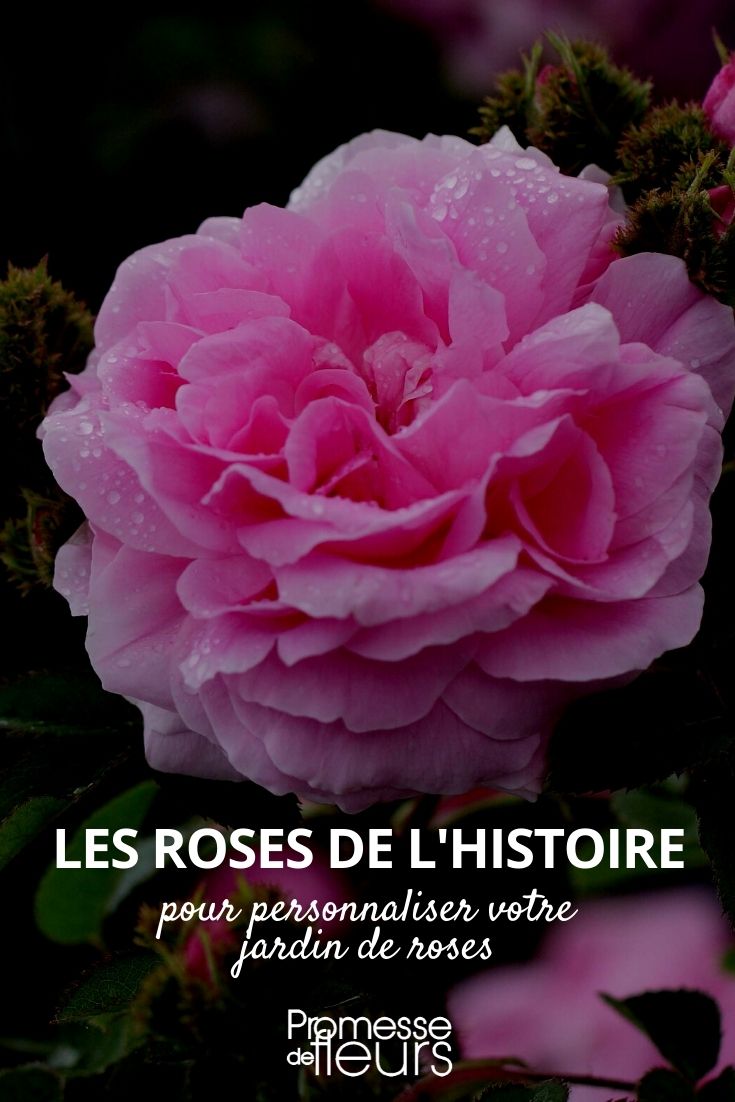































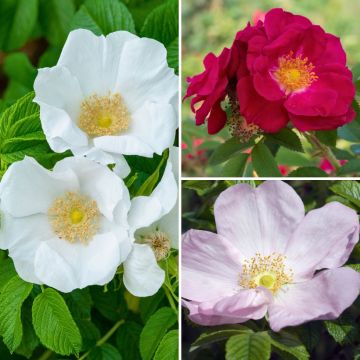
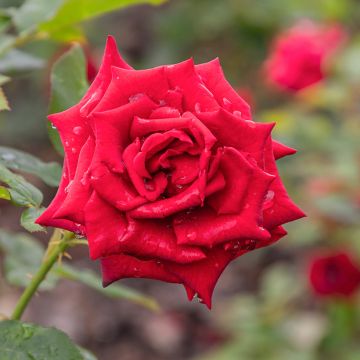
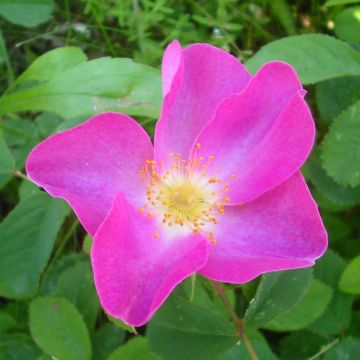
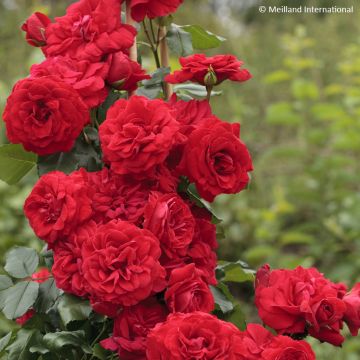
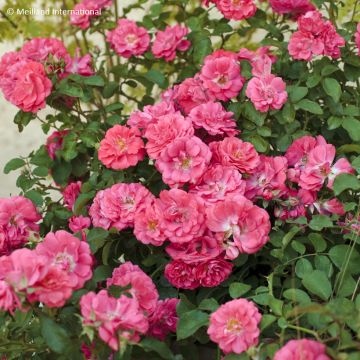
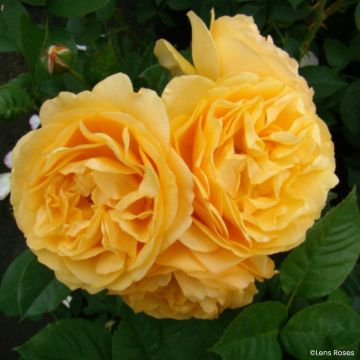
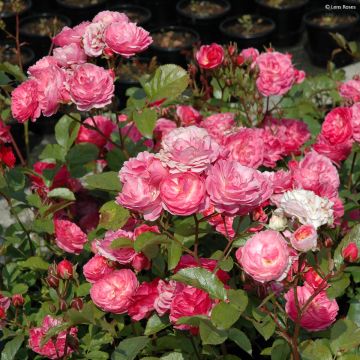
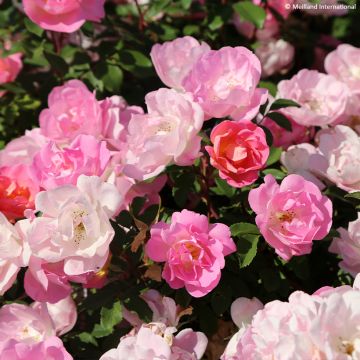
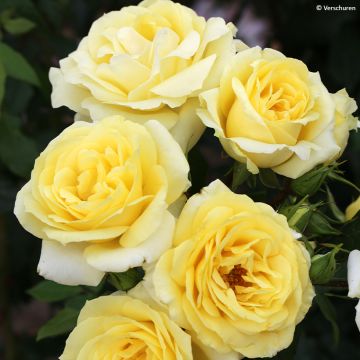
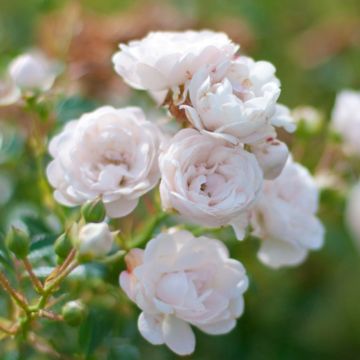
Comments